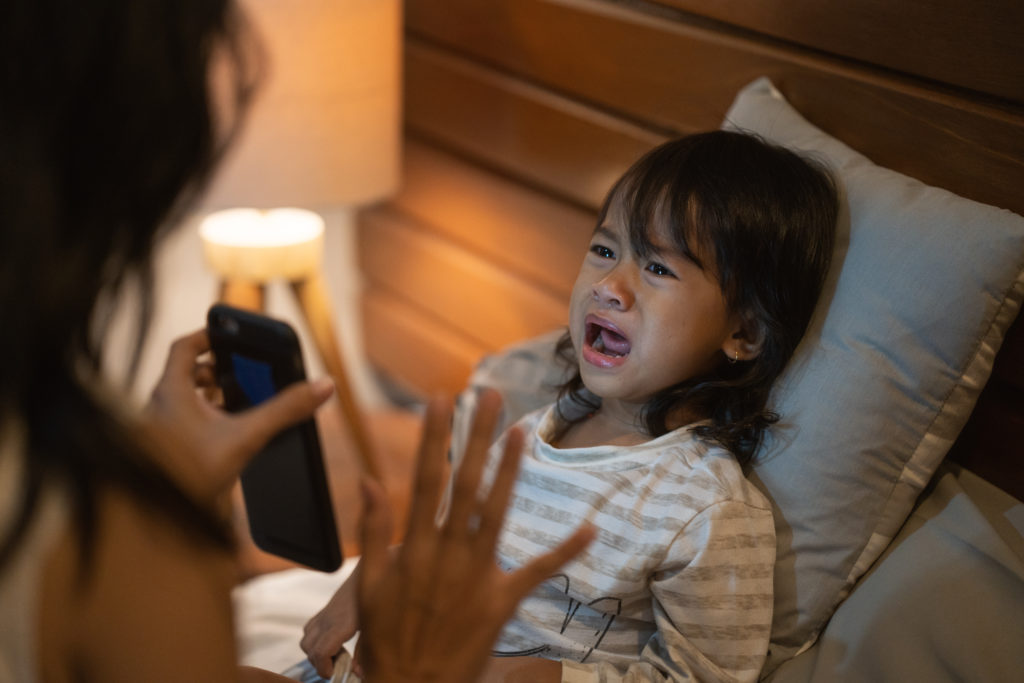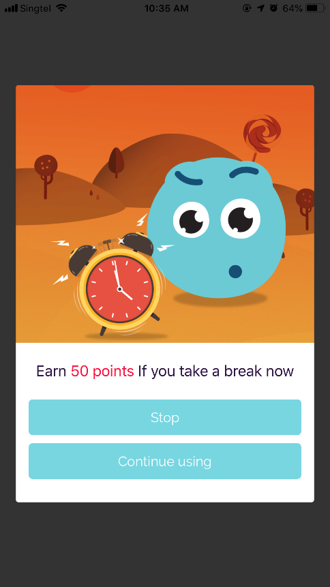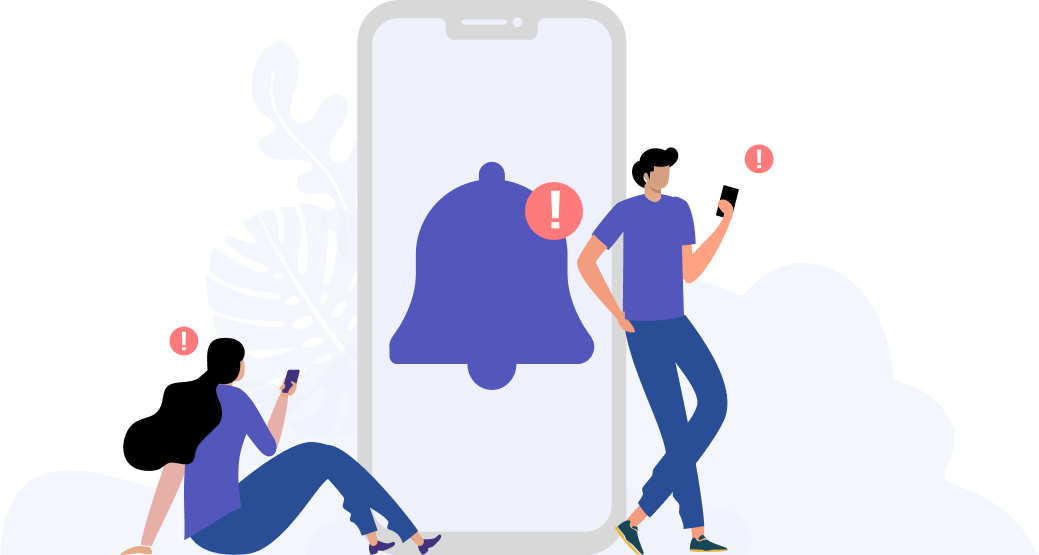When Saying ‘No’ To Your Child’s Screen Time Just Doesn’t Cut It Anymore

No always means ‘no’, yes? Not anymore. With so many reasons for children to be on screens nowadays, the answer, ‘no’ just isn’t going to work anymore. So here’s what to do instead.
The power of the word, ‘no’.
The word ‘no’ means to refuse or deny something. When we were kids ourselves, every time we asked our parents for desert for breakfast, or if we could go out past 8pm, we’d be met with a hard ‘no’.

Now, if we say ‘no’ to our children when they ask for more screen time, we’re going to be headed for tantrum town and anger island. Times have changed and we’re living the digital world now, so ‘no’ just isn’t going to cut it anymore. Most of our kids and their friends love playing online games and we wouldn’t want to deny them of bonding with their friends, even if it is online. And we’re living in the ‘just-Google-it’ age so if you need some answers, just Google it.
Our children can find everything at the swipe of a thumb now. But the risk of becoming heavily dependent on their screens is an alarming one.
Device dependency and what you can do about it.
Device dependency is a real phenomenon that happens when people are far too engrossed in their mobile devices that they forget about everything else going on outside of the screen. Time seems to blur and hours just slide away as quickly as you swipe through Instagram.
Health experts have reported that children between the ages of 8 to 18 are spending at least 7 hours a day on their screens and for what purpose? Everything. Gaming, information, socialising, you name it, it’s on the screen. It’s common to see our children responding to every ‘ping’, vibrate, or just checking their phones unnecessarily.
It’s a worrying thing to see our children grow up with their eyes glued to the screen so here are 3 ways you can help manage their device use:
1. Create a schedule
Plan, plan, plan. It’s always good to have a plan. For our children growing up digital, screen time is going to be a necessary part of their lives. To prevent an overuse of their devices, mark out certain times when screen time is allowed, and times when it is not. For instance, if they need their phones or tablets for homework or research, let them know that they’ll only be able to use it for an hour. You can also factor in downtime and allow half an hour for games or other forms of entertainment. Outside those hours? No screen time allowed.
2. Bring them outdoors instead

“I’m bored.” It’s 99% guaranteed that our children will utter these words when they find they’ve got nothing to do. Encourage your little one to head outdoors for some fun in the sun to curb their boredom. Sure, playing games on their phones or tablets may be really fun, but nothing honestly beats playing and laughing under the sun all day. In fact, experts have recommended that children ought to spend at least 2 hours a day outdoors to safeguard their health! Going outdoors is not only fun, it also keeps your children healthy!
3. Use parental control apps
If the phone is the problem, transform it into the solution. Downloading parental control apps like plano can help monitor your child’s device use. You can use the app to schedule no-device times on your child’s phone. For instance, if you set a no-device schedule between 12 noon to 2pm, your child won’t be able to use his/her phone during that particular duration. The app even reminds your child to take a device break every half hour for at least 2 minutes. This way, your child will be able to factor in adequate breaks during his/her device use.

The best part? If your child follows these device break reminders to a T, he/she will be able to earn points which can be used to request for outdoor activities, like football classes or outdoor adventures*! A win-win: practice good device habits, and get rewarded for it.
Beyond ‘no’.
Even if the good ol’ fashioned ‘no’ doesn’t work, get creative and find ways to help your child curb their reliance on their devices. Going outdoors, some indoor fun, and even parent apps can help them develop safe and healthy device habits that will last them a lifetime in this digital era.
Tools Designed for Healthier Eyes
Explore our specifically designed products and services backed by eye health professionals to help keep your children safe online and their eyes healthy.





